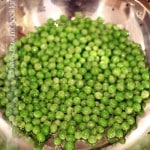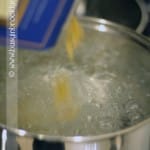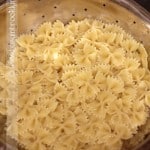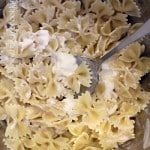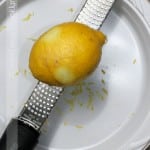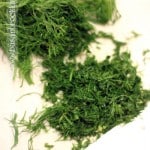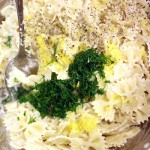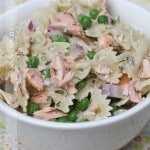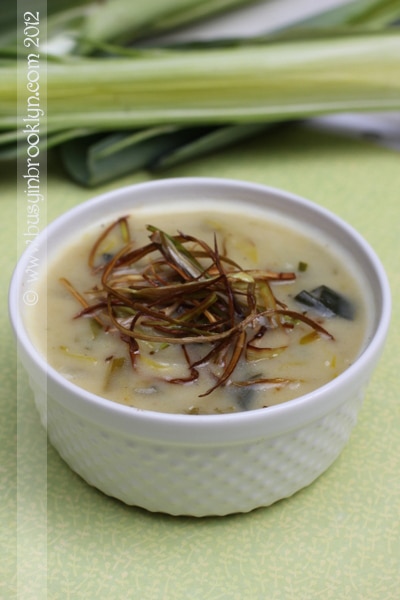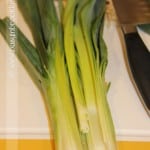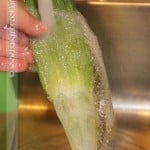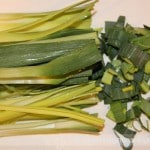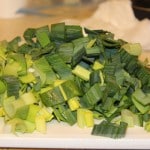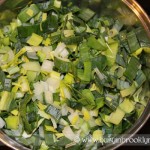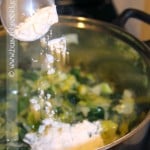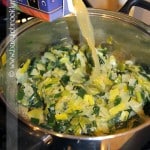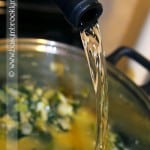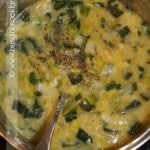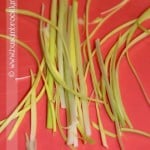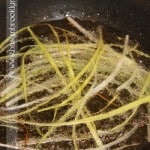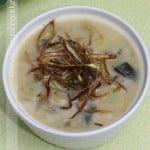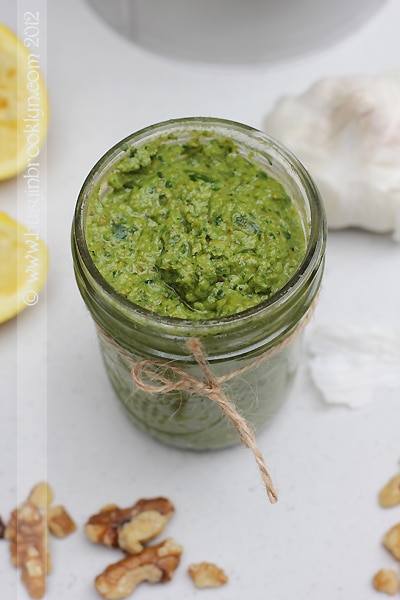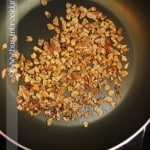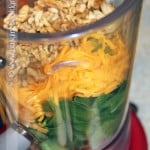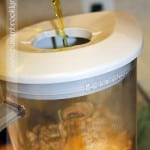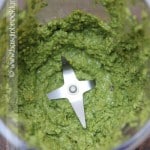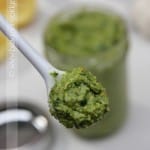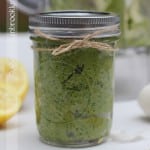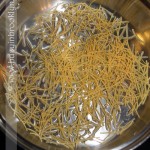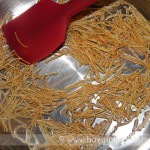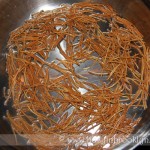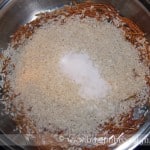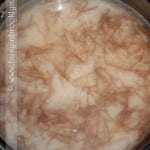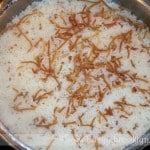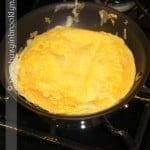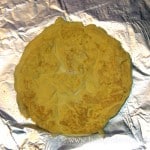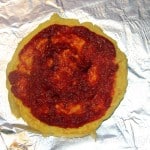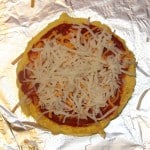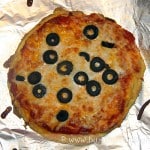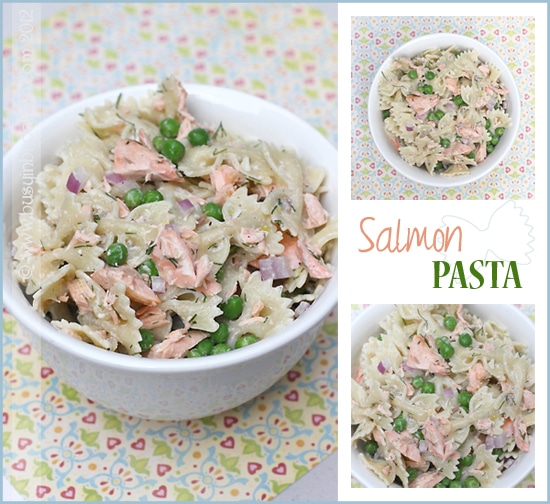
If you follow my blog, you know how much I love turning leftovers into something fabulous. This salmon salad is no exception. Back on Succos, I prepared a huge portion of salmon and although delicious, I still had so much left over. Because salmon tends to get a bit fishy the next day, I wanted to serve it up in a way that I could mask some of its fishiness. And that’s how this recipe was borne.
This year, we go straight from Shabbos into Shavuous and I’m sure many of you are going to have lots of leftovers. And since not everyone has the luxury of leaving on their oven for 3 days, we’ve all got to make the most of what we’ve got. This recipe will take your leftover salmon from fishy to delicious! I’ve upped the ante for Shavuous by using soft Israeli cream cheese instead of mayonnaise. Make sure to bake your salmon in a pareve oven so you can make it dairy.
Salmon Pasta Salad
1 12 oz box bowtie pasta (reserve 2 tbsp cooking water)
2 slices leftover salmon (see note)
1/2 c peas, thawed
1 small red onion, diced (about 1/4 cup)
zest of 1 lemon
juice of 1 lemon
2 tbsp dill
1/4 cup soft Israeli cream cheese
salt and pepper, to taste
Method:
Prepare pasta according to package directions, making sure to reserve 2 tbsp of cooking water before draining. Add the pasta to a mixing bowl and stir in cream cheese while it’s still hot. Add pasta water 1 tbsp at a time to help thin out the cream cheese. Add remaining ingredients and mix to combine. Serve immediately.
Note: If you don’t have leftover salmon, you can use chunks of canned salmon or you can bake fresh. Preheat oven to 400 degrees. Squeeze some fresh lemon on fish, sprinkle salt, and drizzle a little olive oil. Bake for 15 minutes.
Variation: For a pareve version, use mayo instead of cream cheese. Omit the pasta water.
1 year ago: black bean & chorizo chocolate chili

